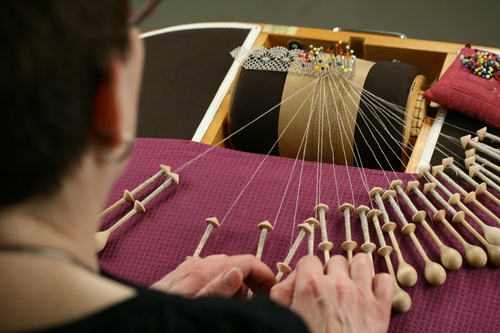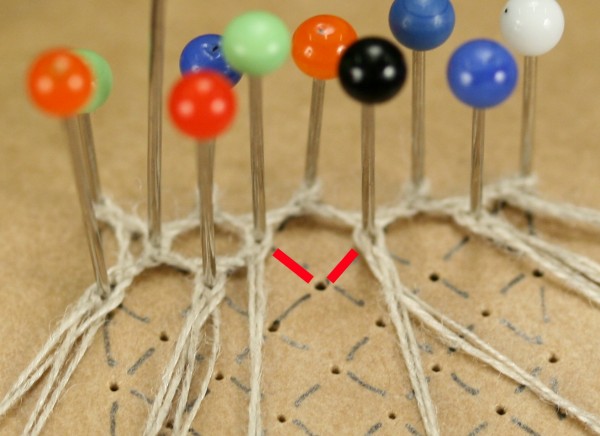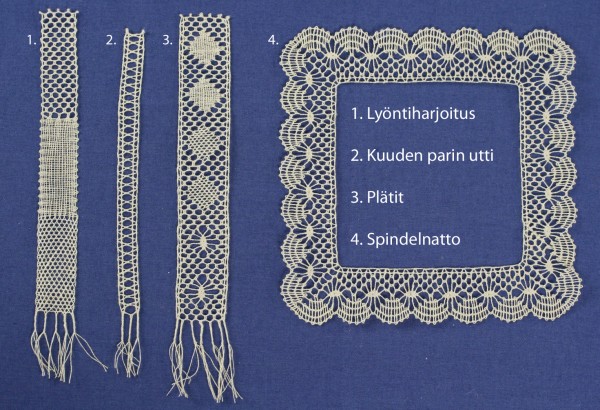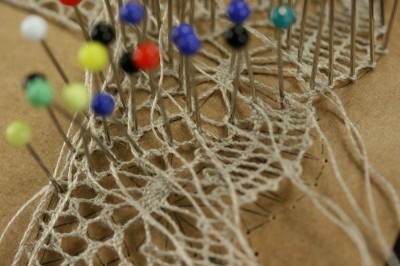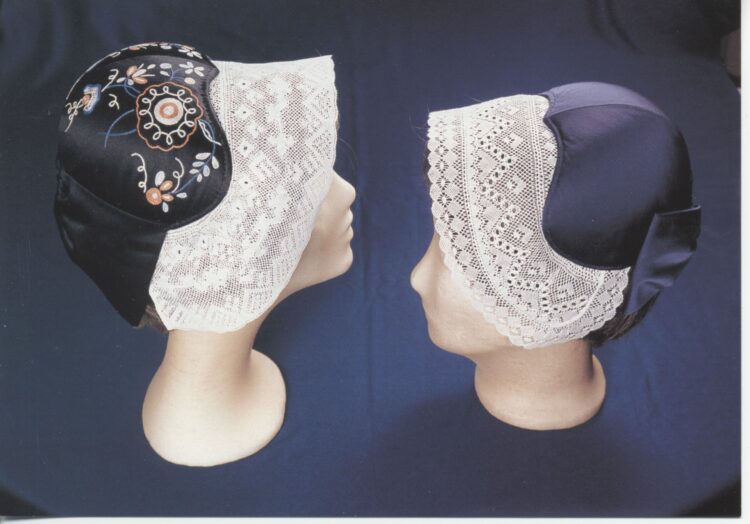Rauma Lace
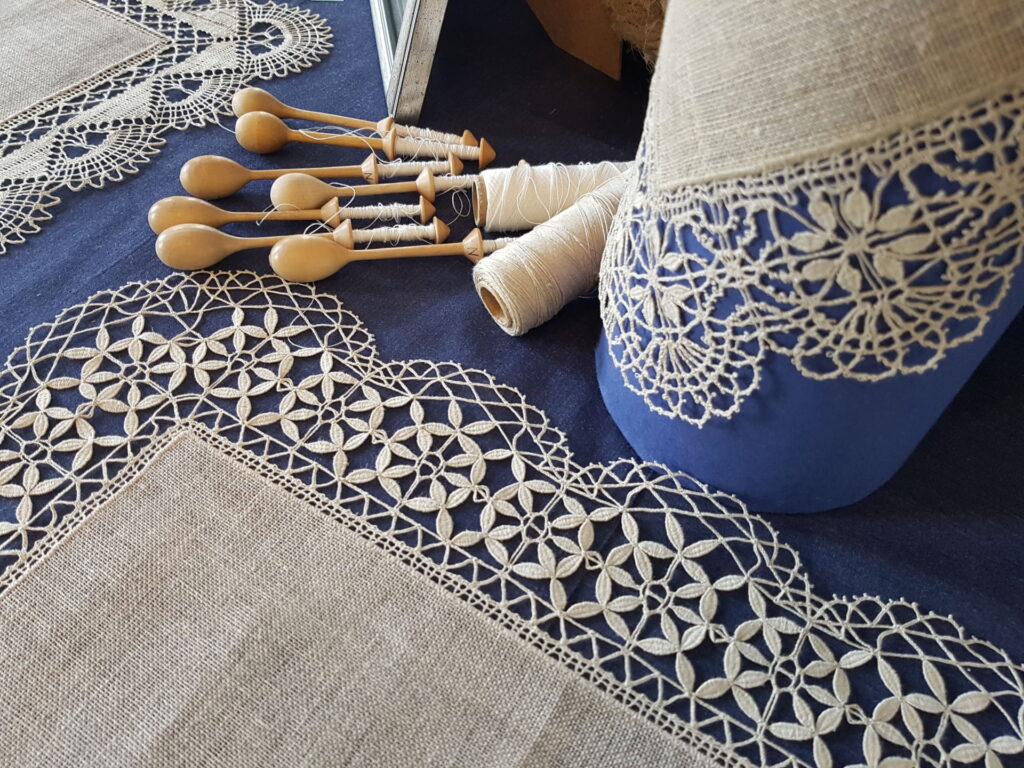
An Introduction to the World of Lace
In Rauma, lace has been made for hundreds of years. In the early 19th century, in Rauma, lace-making was one of the few opportunities for women to earn a living. Men, too, used to make lace for money if they had no other means of income. There were even attempts to establish a lace-making school, which was operational between 1844 and 1846, but not afterwards. Since 1947, the Rauma Adult Education Centre has been teaching regular courses on lace-making.
The bobbin lace belongs to the so-called ‘true lace’, which is grouped according to its origin and the way it is made. True laces include bobbin lace and needle lace. In Rauma, the traditional method of making lace is to use a continuous thread, i.e. all bobbin pairs are involved in the lace-making process from start to finish.
There are generally no written instructions on how to make Raumalace, but the knowledge of how to make lace has been handed down by word of mouth. They may also have used completed lace as an example. In the course of the work, decisions have always been made according to the thread and lace pattern in order to obtain the best result. However, the lace pattern, also known as mynsteri in the Rauma language, doesn’t dictate which move to make.
A good example is the “spindle” or spider pattern. The spider’s legs are made with as many twists as necessary, until the results are pleasing to the eye of the maker. There may be 3, 4 or 5 twists, depending on the thread.
Initially, the pattern was made of straight lace, which was stitched to the fabric, and the lace was ribbed at the corners. The design of the corners of canvases began in the 1960s. The methods have changed over time as the art of lace-making continues to evolve.
‘Tightening is the foundation of the lace-maker’, i.e. careful tightening during the lace making process is essential to achieve a good result.
The lace and designs have also been influenced by the type of thread available at the time. In the past, a lot of lace-making was done with white thread, sometimes thicker, sometimes thinner, such as linen thread 100/3. Since the 1970s, linen-coloured thread has been popular. Handkerchief lace, on the other hand, is usually made with cotton thread.
The lace from Rauma is thin when compared with lace from Orimattila, for example. The Rauma dialect can also be seen in the lace. In Rauma, the word knypylä is used when referring to a bobbin, spindle is a spider pattern and paw is a leg.
“Such lace,” says a Rauma girl, when she sees a spider’s web.
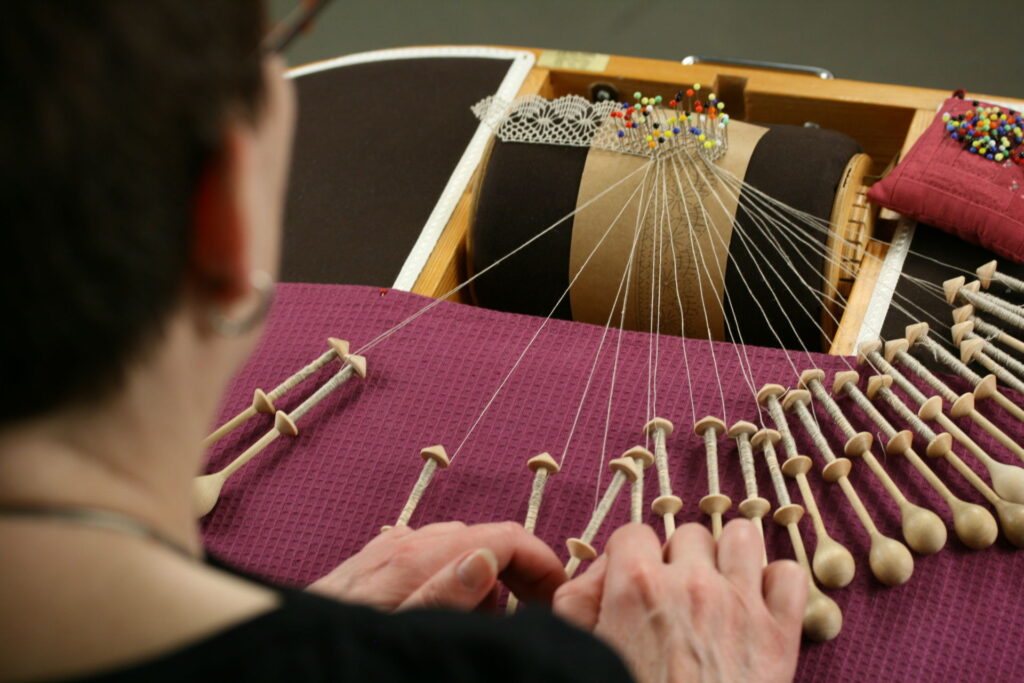
Rauma Lace
Supplies
In Rauma, lace is made on a semi-circular pillow designed for lace-making. The bobbins are made into different shapes and out of different materials.
